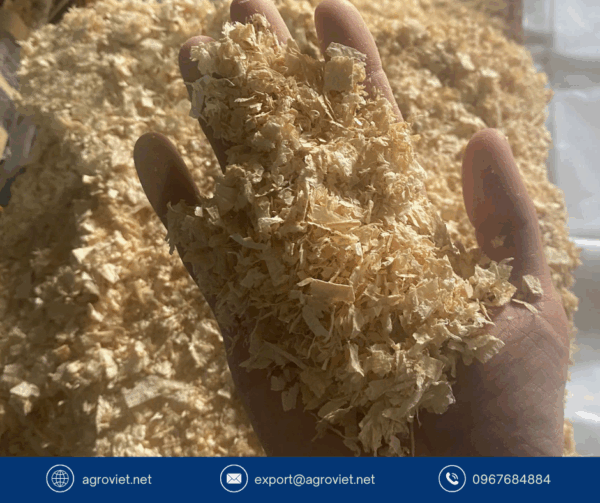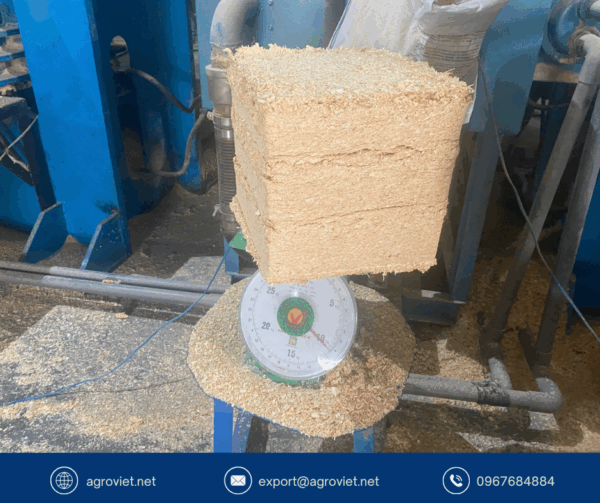Off-Grid Winter Heating: Why Wood Shavings Make an Excellent Biomass Fuel
Living off-grid in winter demands reliable, efficient, and sustainable heating solutions to combat freezing temperatures. Traditional heating methods like propane or electric systems can be costly and dependent on external supplies, making biomass fuels an attractive alternative for self-sufficient households. Wood shavings, often overlooked, stand out as an excellent biomass fuel for off-grid heating, offering affordability, accessibility, and environmental benefits. When paired with wood pellets, they provide a versatile, high-performance heating solution. This post explores why wood shavings excel for winter heating, supported by a realistic case study, and subtly highlights their role as a sustainable fuel choice.

The Challenge of Off-Grid Winter Heating
Off-grid heating requires balancing efficiency, cost, and availability, especially in remote areas where fuel delivery is limited. According to a Battle Born Batteries article on off-grid heating, maintaining warmth in extreme cold is complex, as traditional methods like propane heaters or diesel generators often rely on finite resources and can be expensive to maintain. Biomass fuels, derived from organic materials like wood, offer a renewable alternative. However, not all biomass fuels perform equally—some burn inefficiently or require frequent refueling. Wood shavings address these challenges, delivering consistent heat and sustainability for off-grid homes.
Why Wood Shavings Are an Ideal Biomass Fuel
Wood shavings, typically a byproduct of woodworking or timber processing, are an underutilized yet highly effective biomass fuel for off-grid heating:
-
High Heat Output: Shavings from softwoods like pine burn hot and fast, providing quick warmth for small cabins or off-grid homes.
-
High Absorbency and Dryness: Kiln-dried shavings have low moisture content (typically 8-12%), ensuring efficient combustion with minimal smoke or creosote buildup.
-
Ease of Ignition: Their loose, fluffy texture ignites easily, making them ideal for starting fires or supplementing other fuels in wood stoves or biomass boilers.
-
Sustainability: Shavings are often sourced from waste wood, reducing environmental impact and utilizing materials that might otherwise be discarded.
-
Compact Storage: Shavings can be compressed into bales or bags, saving space in off-grid setups where storage is limited.
When combined with wood pellets, which burn slower and provide steady heat, shavings create a balanced heating system—shavings for quick ignition and pellets for sustained warmth.
Comparing Wood Shavings to Other Biomass Fuels
Other biomass fuels, like logs or straw, have drawbacks in off-grid settings:
-
Logs: Whole logs burn longer but require more storage space and longer seasoning to reduce moisture, which can exceed 20% if not properly dried, leading to inefficient burning.
-
Straw: Straw burns quickly but produces more ash and less heat, requiring frequent refueling and cleaning, which is impractical in extreme cold.
-
Pellets Alone: While efficient, wood pellets need specialized stoves and can be costlier than shavings, which are often cheaper or even free from local sawmills.
Wood shavings outperform these options by offering a high heat-to-weight ratio, low ash production (typically under 1%), and affordability. Their ability to ignite quickly makes them a practical choice for daily heating needs in off-grid homes.
Reducing Winter Stress with Efficient Heating
The Veterinary Paper study notes that cold stress in livestock increases mortality and illness due to inadequate environmental conditions, but the same principle applies to human comfort in off-grid settings. Inconsistent heating can lead to health issues like respiratory infections or fatigue from constant fire management. Wood shavings provide reliable, quick heat, maintaining a stable indoor temperature that reduces physical and mental stress. Their low smoke output also improves indoor air quality, crucial in tightly sealed winter cabins.
Case Study: The Thompson Off-Grid Homestead
Meet Anna and Mark Thompson, who live in a 600-square-foot off-grid cabin in rural Idaho, where winter temperatures regularly drop to -15°F. For years, they relied on split logs for their wood stove, sourced from their property. While effective, the logs took up significant storage space, required months of seasoning, and burned unevenly, leading to temperature swings. In the winter of 2022, maintaining consistent heat consumed 6-8 hours daily, including chopping, stacking, and stoking, leaving them exhausted. They also spent $300 on supplemental propane to bridge cold snaps, straining their budget.
In 2023, the Thompsons began supplementing their wood stove with kiln-dried pine shavings and wood pellets sourced from a local mill. They used shavings to start fires quickly and pellets for sustained heat. The results were transformative:
-
Fuel Efficiency: Shavings ignited in under a minute, reducing startup time, while pellets burned for 6-8 hours, cutting refueling by 50%.
-
Cost Savings: They sourced shavings at $2 per bale and pellets at $5 per bag, slashing their winter heating costs by 60% ($120 total vs. $300 for propane).
-
Time Savings: Daily fire management dropped from 6 hours to 2, freeing time for other homesteading tasks.
-
Improved Comfort: The cabin stayed consistently warm at 68-72°F, reducing stress and improving sleep quality.
-
Environmental Impact: Using sawmill byproducts cut their reliance on fossil fuels, aligning with their sustainability goals.
Anna shared, “The shavings and pellets changed how we handle winter. The stove lights up so fast, and the heat lasts all night. We’re saving money, time, and the cabin feels so much cozier. It’s been a game-changer.” The Thompsons now use Platts Bedding shavings and pellets for their reliability and low moisture content.
Additional Benefits of Wood Shavings
Beyond heating efficiency, wood shavings offer:
-
Low Maintenance: They produce minimal ash, reducing stove cleanout frequency compared to straw or logs.
-
Versatility: Shavings can be used in various heating systems, from simple wood stoves to advanced biomass boilers.
-
Air Quality: Low smoke and creosote ensure cleaner indoor air, critical for winter health in sealed cabins.
-
Accessibility: Shavings are often available from local sawmills or suppliers like Platts Bedding, reducing transport costs.
Tips for Using Shavings as Biomass Fuel
To maximize shavings’ heating potential:
-
Combine with Pellets: Use shavings for quick ignition and wood pellets for long-lasting heat in layered burns.
-
Store Dry: Keep shavings in a covered area to maintain low moisture content.
-
Use a Suitable Stove: Ensure your wood stove or boiler is compatible with loose shavings, or compress them into briquettes for easier handling.
-
Ventilate Sparingly: Maintain minimal ventilation to conserve heat while preventing smoke buildup.
-
Source Locally: Check sawmills or suppliers for affordable, sustainable shavings to reduce costs.
Choosing Quality Shavings
Select kiln-dried shavings from softwoods like pine, with moisture content below 12% for efficient burning. Avoid shavings with chemical treatments or mixed hardwoods, which can produce toxic fumes. Premium shavings, like those from Platts Bedding, are processed for low dust and consistent quality, ensuring clean, efficient combustion for off-grid heating.
A Sustainable Winter Heating Solution
Wood shavings, paired with wood pellets, offer a powerful biomass fuel solution for off-grid winter heating. Their high heat output, affordability, and sustainability make them ideal for maintaining warmth and comfort in extreme cold, as shown by the Thompsons’ experience. By reducing fuel costs, labor, and environmental impact, shavings transform winter living. Switch to quality wood shavings this winter and enjoy a cozy, stress-free off-grid home.
Read more: https://vietnambestwood.com/general/cost-benefit-pine-wood-pellet/

